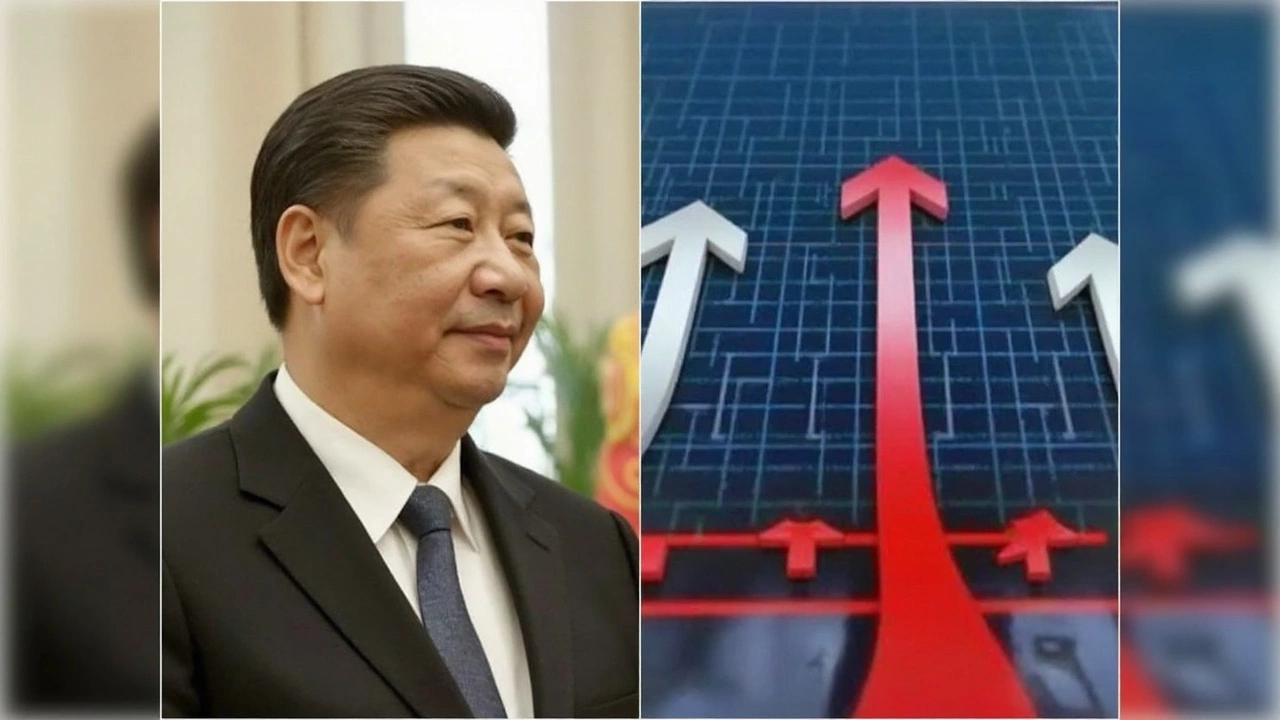Nikkei 225 Stages Weekly Comeback as Geopolitical Tensions Stir Volatile Trading Across Asia
 Jun, 17 2025
Jun, 17 2025
Nikkei 225 Weathers a Wild Week of Swings and Surges
If you’ve been watching the Japanese stock market this week, you probably felt the rollercoaster. The Nikkei 225 managed a 0.25% uptick over the past five trading days, wrapping up at 37,834.25 on Friday. Sounds steady, but that number masks a lot of noise swirling just beneath the surface. The ride included a steep 0.89% drop on Thursday—its biggest single-day slide in nearly two weeks. That stumble traced straight back to a big spike in Middle East tensions after Israeli airstrikes hit targets in Iran, which sent shockwaves through global equities and popped oil prices higher.
One big takeaway? The Nikkei is still some distance from its all-time summit of 42,224.02 chalked up last July. Right now, it’s parked about 10.4% below that high-water mark but sits a solid 21.5% above its lowest point in the past year. For anyone trading or just following along, that’s a clear sign that Japanese stocks, while battered by headlines and global unease, have held a decent amount of ground as 2025 rolls along.
Asian Markets Grapple With Stress but Show Signs of Resilience
Market anxiety wasn’t limited to Tokyo. The ripple effects from the flare-up in the Middle East quickly hit indices across Asia. Stocks slid in tandem with Western markets as energy costs jumped and risk appetite thinned. Yet, even in the face of these macroeconomic squalls, countries like India saw their main market gauges forge ahead, hinting at a cautious form of optimism among some investors. Regional charts this week read like a patchwork: some countries slipped, others clawed out gains, but a full-on collapse was nowhere in sight.
Analysts are predicting a modest 0.7% bump for the Nikkei 225 through June. But let’s be real—forecasts feel more like educated guesses when saber-rattling and currency jitters can sink or lift stocks in a heartbeat. The past week alone showcased how sensitive Tokyo and its Asian peers are to every headline out of Tehran or Jerusalem, not to mention every twitch in oil prices.
Veteran traders and newcomers alike are keeping an eye on those 52-week highs and lows. Sure, the Nikkei’s current level isn’t the peak of last summer, but most investors would take this year’s 21% rally off the bottom any day, especially after navigating such unruly waters. Ultimately, safe bets feel rare right now, but Asia’s biggest markets have shown they’re not keen to fold, even when the outside world gets messy.